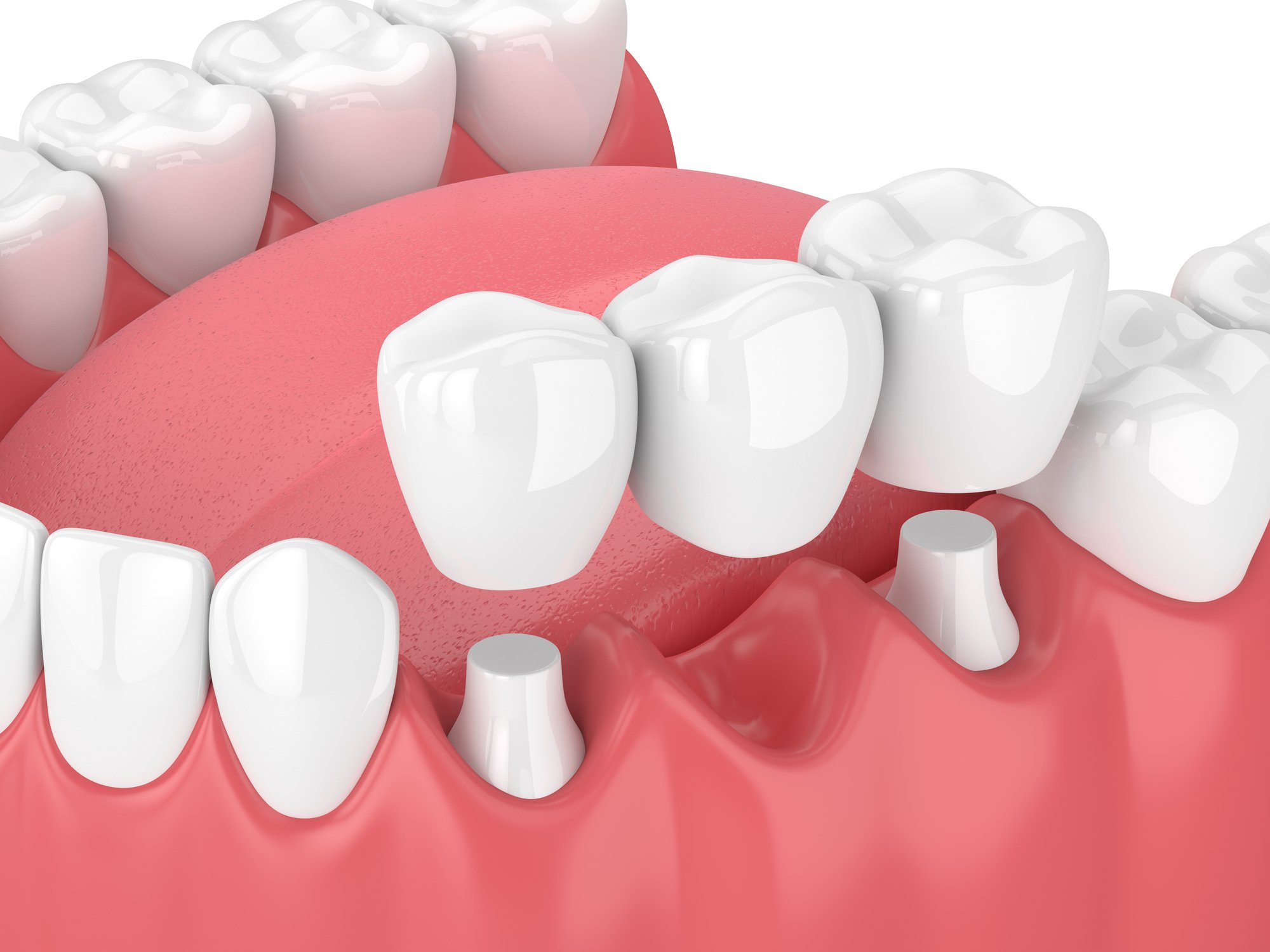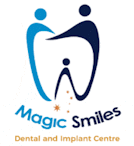
Restoring missing teeth is a big deal, and every option should be carefully considered. If you’ve researched your restorative dentistry options, a dental bridge has likely popped up.
To learn more about how a dental bridge can improve your smile, contact our friendly dental team at Magic Smiles. Our Woolgoolga dentists can evaluate your smile and determine if you are a suitable candidate for this restorative treatment option.
Get more familiar with dental bridges by reading this blog! Here are five important facts to know before getting a dental bridge:
1. A dental bridge replaces one, two, or three missing teeth in a row.
A dental bridge is one of the most common tooth-replacement options. A traditional dental bridge (the most common type of bridge) comprises two dental crowns with pontics (false teeth) between the crowns. All parts are attached, so the bridge can only replace one, two, or three missing teeth in a row.
2. There are different types of dental bridges.
The different types of dental bridges are:
- Conventional or Traditional: A traditional bridge is the best option for your smile if you have two healthy teeth on either side of the gap.
- Maryland: Often used to replace front teeth, the pontic is fixed to the back of the neighboring teeth with metal or porcelain wings.
- Cantilever: A cantilever bridge may be needed if you only have one tooth next to the missing tooth or teeth.
Some dentists only offer conventional dental bridges because they are the most reliable and effective option. In contrast, Maryland and cantilever bridges often fail or need to be replaced after a few years.
3. Some dental bridges require alteration to neighboring teeth.
When placing a traditional or cantilever dental bridge, the dentist needs to remove enamel from the neighboring teeth or tooth. The dentist takes a special tool to grind the enamel down so that the crown or crowns fit securely over the teeth. This means that the patient will always need a crown on top of those teeth, even if their bridge is removed.
4. Dental bridges do require special care (but not too much!).
It’s important to care for your dental bridge properly. Brushing and floss should still be a part of your daily routine, even though you won’t be able to floss between your crowns and pontic. However, plaque and tartar can accumulate in the area between the pontic and the gums. A floss threader, interdental brush, or a water pick should be used to clean this area daily.
5. There are alternatives to a dental bridge.
If you are curious about other restorative dentistry options, ask your dentist about dentures and dental implants.
Dentures are best suited for people who are missing an entire arch of teeth and who aren’t willing or able to undergo implant surgery.
Dental implants are the only tooth-replacement option that replaces the tooth root. The implants can be attached to a crown, bridge, or denture. This option is permanent and can last for decades.
Dental Bridge, Dental Implants, and Dentures in Woolgoolga
Learn about your tooth replacement options at one of our three locations: Woolgoolga and Coffs Harbour. Call today to schedule your initial consultation!


